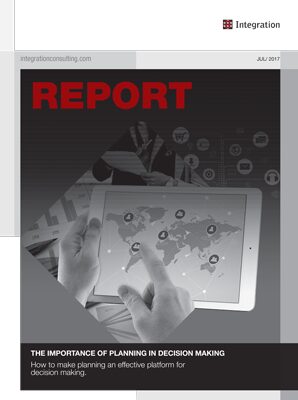The role of planning in decision making
NEWS
The role of planning in decision making
“Any change to the system is very laborious, and slow. We invested several million in certain systems that take several years of implementation and stabilizing. When we are finally ready, we already feel that we are out of date. This creates a lot of frustration”.
How to make planning an effective platform for decision making.
This was the question that opened the BIO event, By Invitation Only, organised by Integration which brought together, in June 2017, directors and planning and supply chain heads of 11 large companies, representing 7 sectors. The invited guests discussed best practices, trends and challenges to improve, and make planning into a tool that really steers and improves decision making.
In the paper below, you will find a summary of the content discussed during the meeting and how the Supply Chain leaders of the large corporations in the country are viewing the importance of planning as a leadership tool, what the main trends are in planning, which challenges must be mitigated in the short term and what is taking place to transform business.
MACRO-TRENDS OF SUPPLY CHAIN AND THE ROLE OF PLANNING
In the current context, the subject of planning is more important than ever. This was the consensus that arose from the debate, whether through analysis of the macro-trends in supply chain, or through the macro-economic environment and politics in the country.
In first place, the current context shows a great increase in the complexity of supply chain. Due to the economic scenario, a demand for efficiency is ever greater. Additionally, there are greater demands for higher service levels from the clients, plus extra aspects of responsibility never before included.
In this new reality, supply chains require a strengthening of 4 essential competences in order to survive. Surrounded by several solutions and innovations that break with traditional management methods, the challenge is to make important qualitative gains in visibility, flexibility, collaboration and sustainability.

Diagram 1 – What is required to improve Supply Chain
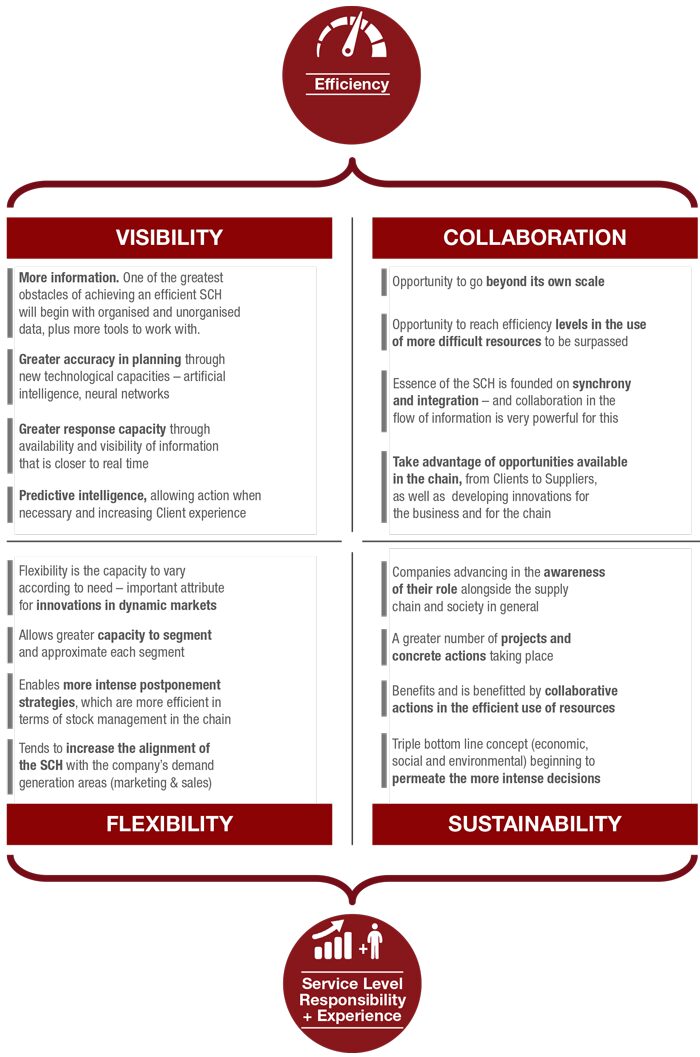
Additionally, the scenario of political/economic instability in Brazil has resulted in increased uncertainty with regard to business, which has caused clear loss of inventory control, meaning that greater efforts for better planning and unprecedented ability to react have become far more important than in recent years.

Diagram 2 – Context of lower predictability and a loss of inventory control
Whether due to structural aspects, as seen in diagram 1, or due to conjunctural aspects as described in diagram 2, it was clear to 100% of the meeting’s participants that planning continues to be one of the most important levers to make improvements to the Supply Chain – more than this, there is a need for the strengthening of the role of planning in business decisions. Many of the participants referred to the growing “anxiety” within organisations to make business decisions – a consequence that could be expected when considering the current climate in Brazil – at the same time many could see that planning could and should be used more incisively because of this current behaviour.
The question that must be answered then is … how should this be done? Talking about planning or carrying out planning are both very real in organisations. How can we take this further step? How can we wring more value out of planning?
How to get more value out of planning.
In order to take on this new role and the importance that supply chain leaders wish to give to it, planning should continue to make an impact in two directions – improving forecasts and increasing the flexibility of the chain.
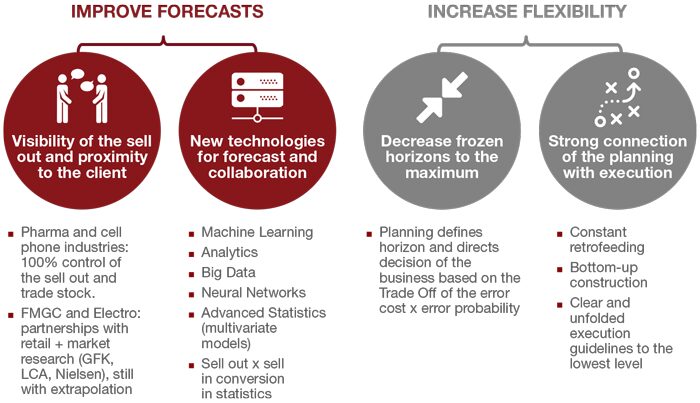
Diagram 3 – routes for planning
A true consensus among those in attendance relates to increasing business flexibility through (1) planning that decreases ‘seemingly frozen horizons’ as much as possible (2) increasing the link between planning and execution, which were the two first trends explored during the event. Additionally, another latent need is to improve forecasting ability. Two other trends with this purpose were explored, (1) visibility of sell out and proximity of the client and (2) new technologies to forecast demand.
With regard to reducing the frozen horizons, the strategy of the participants has been to strengthen the planning for short term reactions. The creation of planning entities to work with decision making and coordination of reaction in weekly and fortnightly horizons in detriment to monthly plans was a good practice discussed by those in attendance.
Along the same lines, something else on the agenda of supply chain leader initiatives is the objective to “shorten” the supply chains – strengthening relationships with suppliers, strengthening collaboration, and strategic reviews of footprint and procurement.
Tools capable of ensuring a strong link of planning with execution, allowing visibility, monitoring and tracing of the execution of plans were mentioned as a trend to attack anxiety relating to results “what’s missing is an optimization tool able to quickly assess the impacts of deviances from the plan in the short term. When the result takes longer to appear, anxiety increases and at this point, an emotional leadership decision can put the chain at serious risk”, one of the participants mentioned.”
Adopting sell out as an item of demand planning seemed to be one of the main movements made by the companies as an initiative to improve the quality of demand forecast. This movement has generated good results and made accuracy levels reaching around 90% viable. A number of good practices to collect this information were discussed, despite the fact that the complexity to collect such information varies widely among sectors.
Even so, from sectors such as Pharma and Technology, which retain significant visibility of sell out, to consumer goods sectors, in which the complexity to collect data is much greater, collaboration with retail and investment in market research were discussed as main levers.
Another ongoing movement is the investment in new forecasting technology. Initiatives such as the implementation of neural networks, the use of multivariate statistics and machine learning tools were debated and already seem to be a reality under implementation in the country. In this context, there was a discussion about a need for a new professional inside the planning areas, the data scientist. Around 25% of the participants have already hired professionals with this capability and are structuring the modelling area in their planning teams.
The conclusion is that the balance between planning and reaction and the financial trade-offs in this spectrum require detailed analyses and exemption from decision making. It is up to planning areas to take on this role and support leadership with information and scenarios to improve decision making, even acting as a type of antidote for growing “anxiety” in decision making which this context naturally involves.
In Integration’s understanding, amply supported by the participants, this new role is only self- sustaining if it is duly supported in 7 essential aspects, in keeping with diagram 4 below:
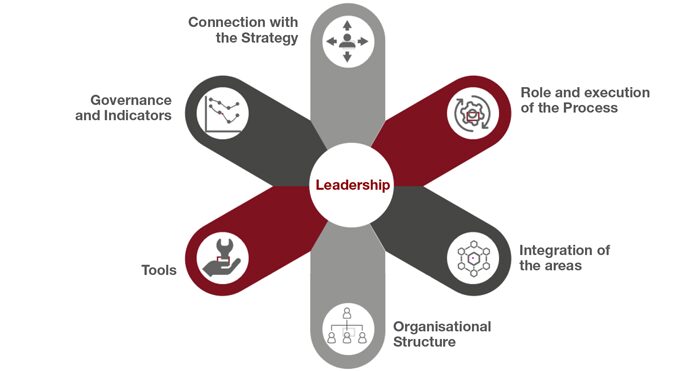
Diagram 4 – the 7 essential aspects in getting more value from planning
a) Connection with the Strategy: Planning should be the compass that guides the business strategically. It is a critical role of a planning process to understand and convert business vision into operational activity. This means transforming the priorities, objectives, long term challenges, and the desired “economics” into inventory policies, production programmes, and storage capacity, to make short and medium term results viable in order to sustain the long term.
b) Role and execution of the Process: Crucial for planning is to operate, supported by a sufficiently simple process, taking into consideration the characteristics and needs of the segment and the culture of the company, meaning a process whose importance is acknowledged by the company leadership and not seen as just the bureaucratic phase of the decision.
c) Integration of the areas: Dependent on the capacity to understand the functional needs of the areas that comprise it, the planning should be able to converge these objectives towards the company’s goals. Planning the sales targets without forgetting logistics capacity, or deciding inventory levels in mind of the minimum production batches.
d) Organisational Structure: Knowledge of the supply chain, the dynamic of the market and interpersonal skills to interact to ensure adherence to the plan in terms of the functional needs, at times, making adaptations depending on the condition of the context. Planning requires a range of technical and non-technical competences to ensure a responsible team.
e) Tool: Managing an even wider range of variables – reaching much further than sales history in periods of neural networks – making viable the collaboration of the sales force, supporting logistics re-planning on a daily basis, facilitating the decision with financial scenarios, all in a natural and consistent manner. More than ever, planning requires robust systems and information technology.
f) Governance and Indicators: Integrated planning should ideally be part of the business management model. Planning in the direction of strategic indicators while the process routine generates as products, tactical and operational targets.
g) Leadership: Finally, running the process, managing the conflicts, making decisions viable, demanding absolute leadership skills for those responsible for planning the supply chain in an integrated way. Leadership that demonstrates authority and sponsorship at C-level and goes all out for action and results for the leaders of an S&OP.
WHERE DO THE MAIN CHALLENGES LIE?
Plenty of the group discussion time centred on the challenges in getting the most value from planning – despite the fact that those who attended are representatives from leading companies in their segments.
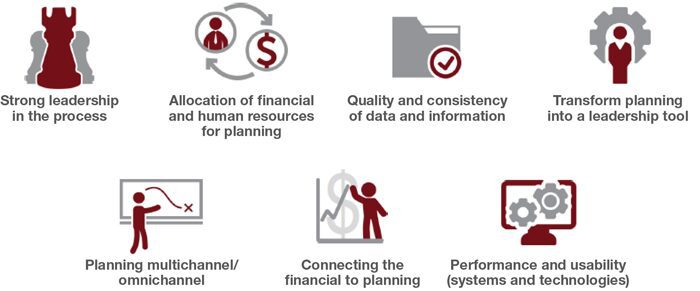
Diagram 5 – Challenges found for the strengthening of planning in companies
One of the conclusions from the discussion is that all of the challenges impact, at a greater or lower level, the participants at the table, but the two challenges “Quality and Consistency of Data and Information” and “Performance and Usability of Systems and Technology” arose as a great challenge for the execution of planning for 70% of the participants.
Whether as a hindrance in dealing with aggregations of SKUs, which can reach 50 thousand in some sectors, such as in the healthcare industry, reflecting the elasticity of price and the effects of cannibalization of demand in demand planning for commemorative dates in retail and the cosmetics industry or ,ensuring the constant optimization of the logistics footprint and distribution, or taking into consideration tax realities in the secondary industry sector, stabilizing quality data systems for analysis and decision making is something that keeps some of the participants awake at night.
Regardless of the technological challenge, one consensus about the theme is that there is a great need for simplification with regard to the implementation of systems. In the opinion of the group, the great providers of technology in the past are not adapting well to this requirement.
“Any change to the system is very laborious, and slow. We invested several million in certain systems that take several years of implementation and stabilizing. When we are finally ready, we already feel that we are out of date. This creates a lot of frustration”.
The second major conclusion of the group is that there is a need to focus on ensuring strong leadership that recognises the value of planning. A very common risk, particularly during moments of crisis, is that anxiety takes over, that planning is abandoned and the major decisions are taken by founding managing partners or boards at international head offices without having overall vision of the scenarios and impacts of the decisions. There are several challenges to mitigate this risk.
Connecting the planning to finance and speaking the language of the company is the first important step and was mentioned by many participants as one of the initiatives to ensure access and credibility with the other leadership areas.
The indicators and format of the plans has changed. The current discussion should be to do with financial variables, sell out and Market-share, and no longer indicators of accuracy, errors in forecasts (MAPE) and biases. These become “half” indicators.
Ensuring this transition of language is not something trivial and diverse participants cited difficulty with this fit and mentioned that they still doubt whether the scenarios of the plan are truly optimized to finance.
Another challenge is to be sure to have planning professionals with not only ample analytical skills, but also negotiation ability and access to sales areas. The change in profile of the planning professional was recognised during the debate.
Finally, the group debated the challenges of multi-channel planning, a reality for nearly all the participants and something that is not yet under control in the country.
Take Aways
In the opinion of the participants:In the opinion of the participants:
- The planning is as important as ever, especially to combat “anxiety” which can lead a company to make poor decisions for the business.
- There is a movement to extract more value with regard to planning – a well-known and implemented theme for all leading companies in their segments.
- There is a need to strengthen both routes – improve forecasts and increase the power of reaction in supply chains.
- There is a need to be alert to technological advances that vastly improve conditions of visibility and for forecasts. Along with this comes a requirement to know how to make an assessment and persuade the company to invest in this new technology.
- The adjustment of the planning unit to Sell Out and adaptation of the planning indicators to more financial and market focuses is another latent need, even though it is also seen as one of the main challenges.
- As important as ever is to have senior and engaged leadership of the process, to ensure the process is simple and meaningful and involves all the different publics, and understands and seeks the strategic direction.
- At the same time, the quality and availability of data is still one of the main challenges for planning in today’s organisations.
- Multi-channel planning is still a little explored and understood reality in the country.
- Managing anxiety in the supply chains is a great challenge and the role of the planning area, demanding robust processes and credibility in the information, and even a new professional profile in planning, ability to negotiate and access diverse areas, communicating in a less technical way, more focused on orientation towards the needs of the business and creating dialogue with the areas.
Download the Report The role of planning in decision making by clicking on the image below.
- On 14 July 2017
